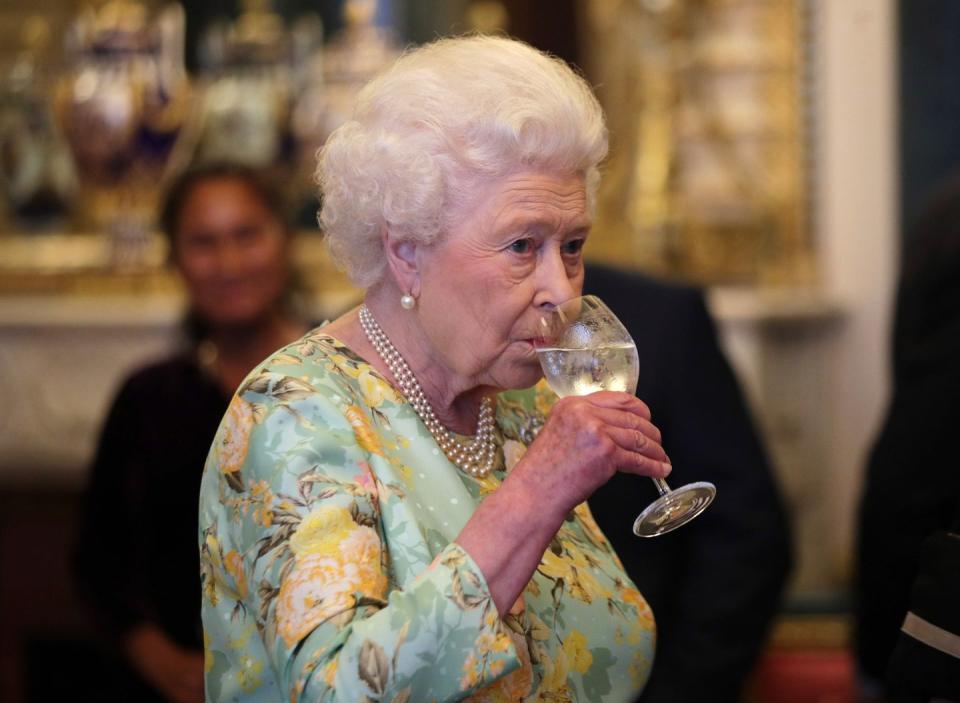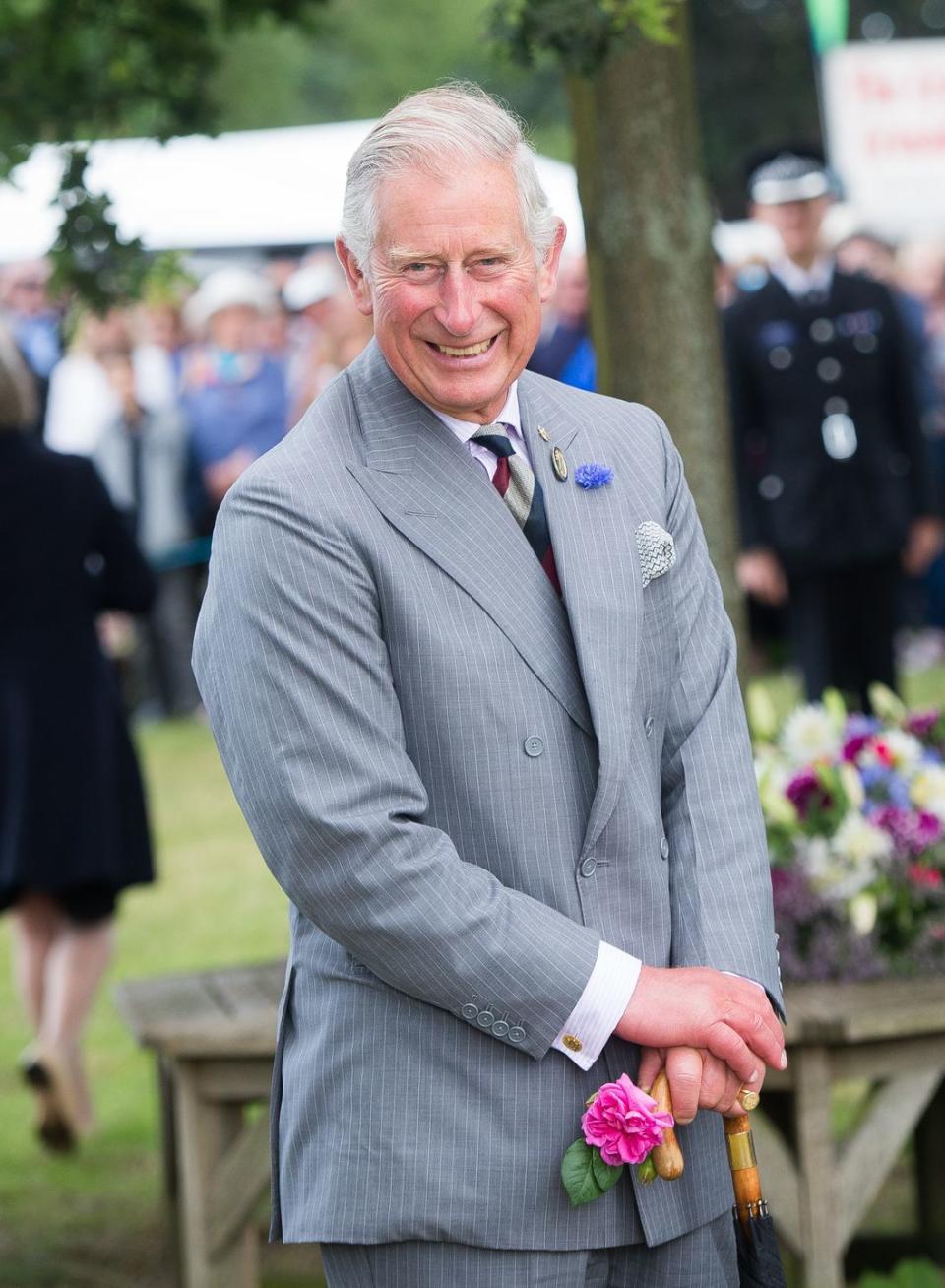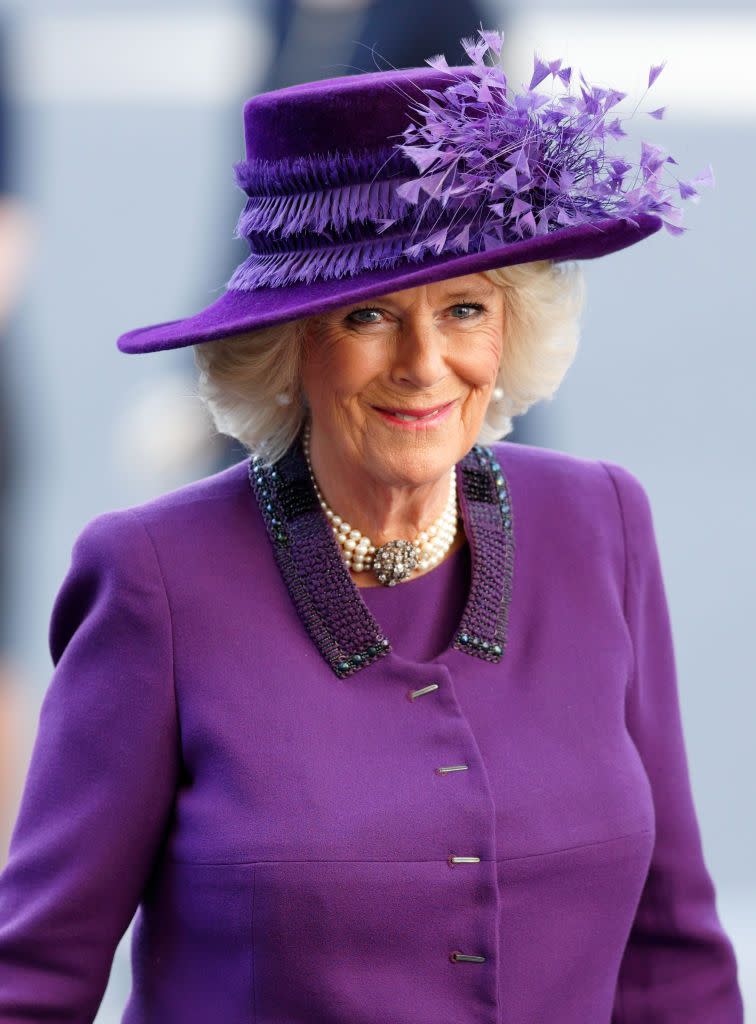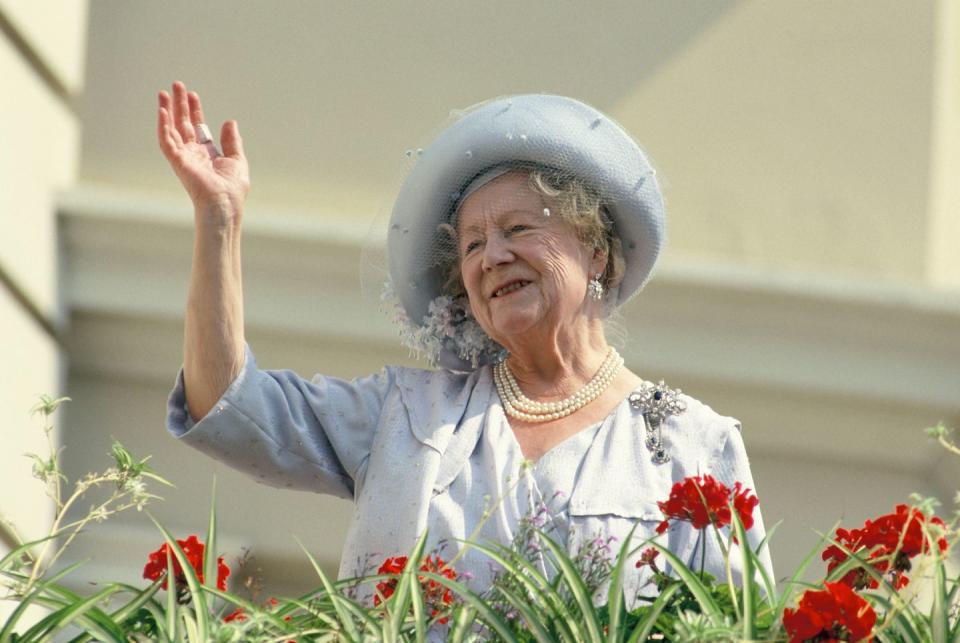There’s a *Huge* Difference Between Queen and Queen Consort, and Camilla Will Be Only One of Them

- Oops!Something went wrong.Please try again later.
- Oops!Something went wrong.Please try again later.
Before she very sadly passed away this week, Queen Elizabeth II confirmed she wants Prince Charles’s wife, Duchess Camilla, to become Queen Consort upon his ascension to the throne. But this whole queen consort thing is actually pretty major news considering the fact that Charles and Camilla were denying she’d take the title as recently as 2020, when their rep told The Times the following:
“The intention is for the duchess to be known as Princess Consort when the prince accedes to the throne. This was announced at the time of the marriage and there has been absolutely no change at all.”
Change of plans aside, Queen Elizabeth couldn’t have made her support more clear with this statement: “It is my sincere wish that, when that time comes, Camilla will be known as Queen Consort as she continues her own loyal service.”
But before you start mentally preparing yourself to call Duchess Camilla “Queen Camilla,” please note there’s a huge difference between a queen and a queen consort. And Camilla is 100 percent not going to be the former. And while we’re here, there are actually five different “types” of queens in the United Kingdom, so let’s go through them all, shall we?
A Straight-Up Queen (Aka a Queen Regnant)
A queen, or queen regnant, is a monarch with the same rank as a king, who reigns over her kingdom (in this case, the United Kingdom) and has sovereign, military, and political powers. Simple!!!! Done!!!!!!

A Queen Consort
A queen consort is the wife of a reigning king—in this case, King Charles:

And his wife, Duchess Camilla:

While a queen consort holds the female equivalent of her husband’s title(s) and has a fancy crown all to herself, she does *not* share the king’s sovereignty nor does she share his political and military powers. Also, FYI, the British royal family website notes that a queen consort “is crowned with the king, in a similar but simpler ceremony.” Got it? Cool, that covers the difference between Queen Consort Camilla and Queen Elizabeth II, but let’s not forget about these other queens….
A Queen Regent
Not to be confused with the queen regnant, a queen regent is the adult guardian of a child monarch and rules in their stead until that child comes of age. So, like, if for some reason Prince George finds himself crowned king at the tender age of 9, the queen regent’s job would basically be holding the throne for him. (Regents can also rule in the stead of an adult monarch who is otherwise incapacitated.)
A Queen Dowager
This is the widow of a king. As a queen dowager, she still has the title and importance of her former queen consort position, but she isn’t actually queen consort anymore due to a new monarch being on the throne. If Charles were to pass away before Camilla, she would become a queen dowager.
A Queen Mother
This one is slightly complicated. A queen mother is basically a queen dowager who also happens to be the mother of the reigning monarch. Obviously, Camilla is not future monarch Prince William’s mother, so she will not be known as a queen mother. However, Queen Elizabeth II’s mom, also named Elizabeth, was known as the Queen Mother—although she was also technically a queen dowager due to being the widow of King George VI.

So, yeah, literally just an overabundance of queen titles—although, obviously, the real queen remains, as ever:
You Might Also Like

